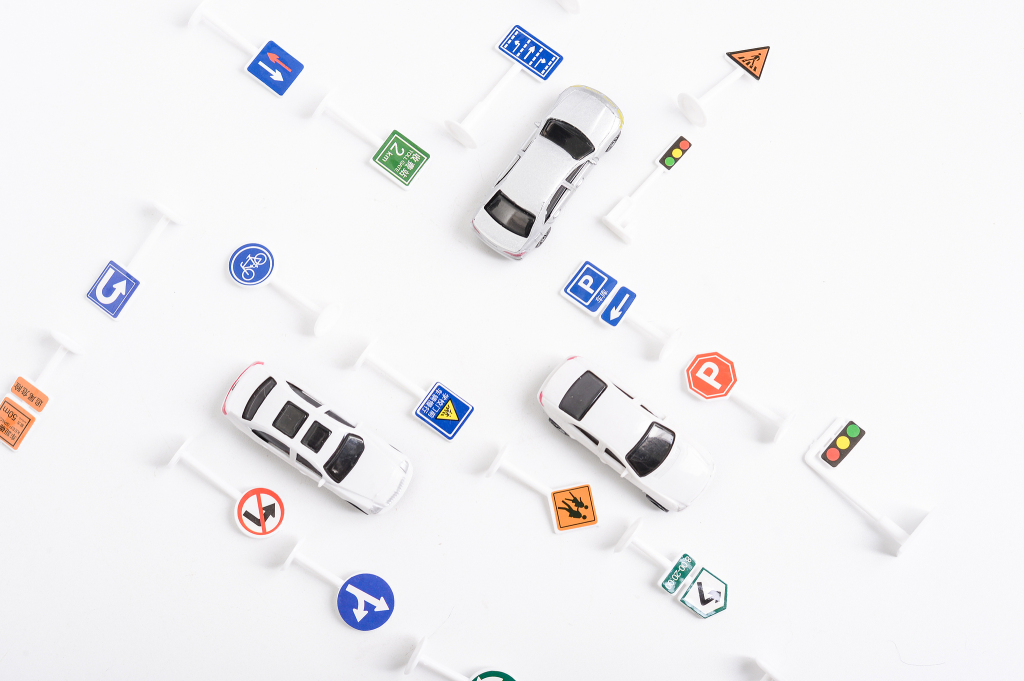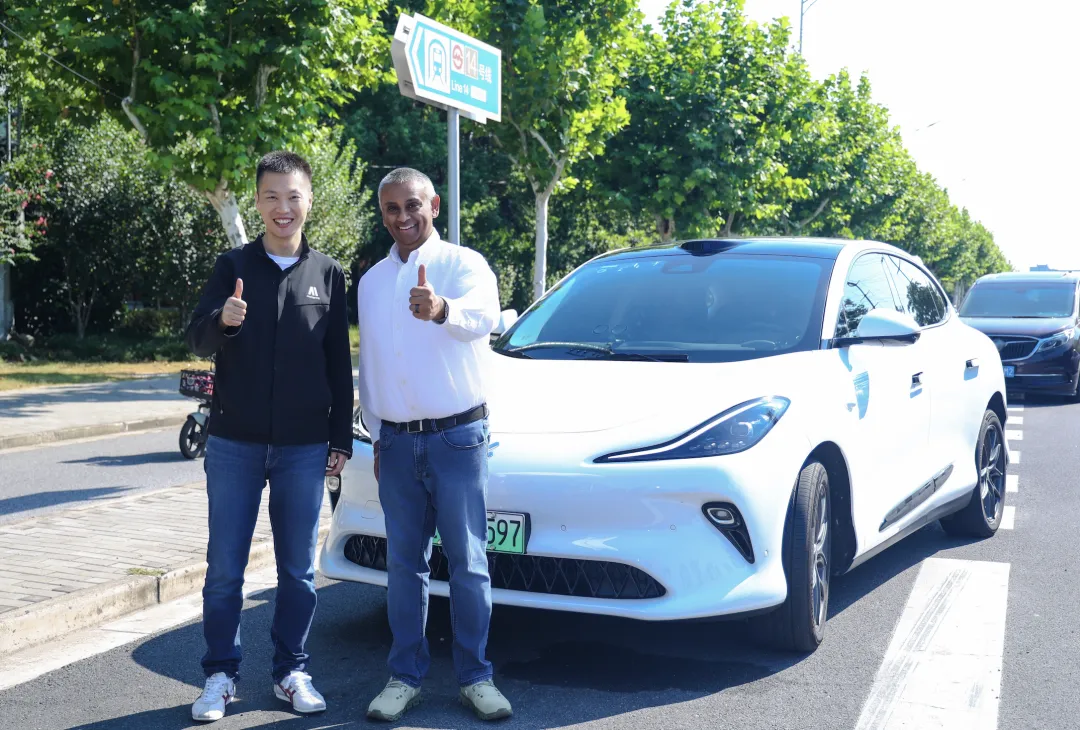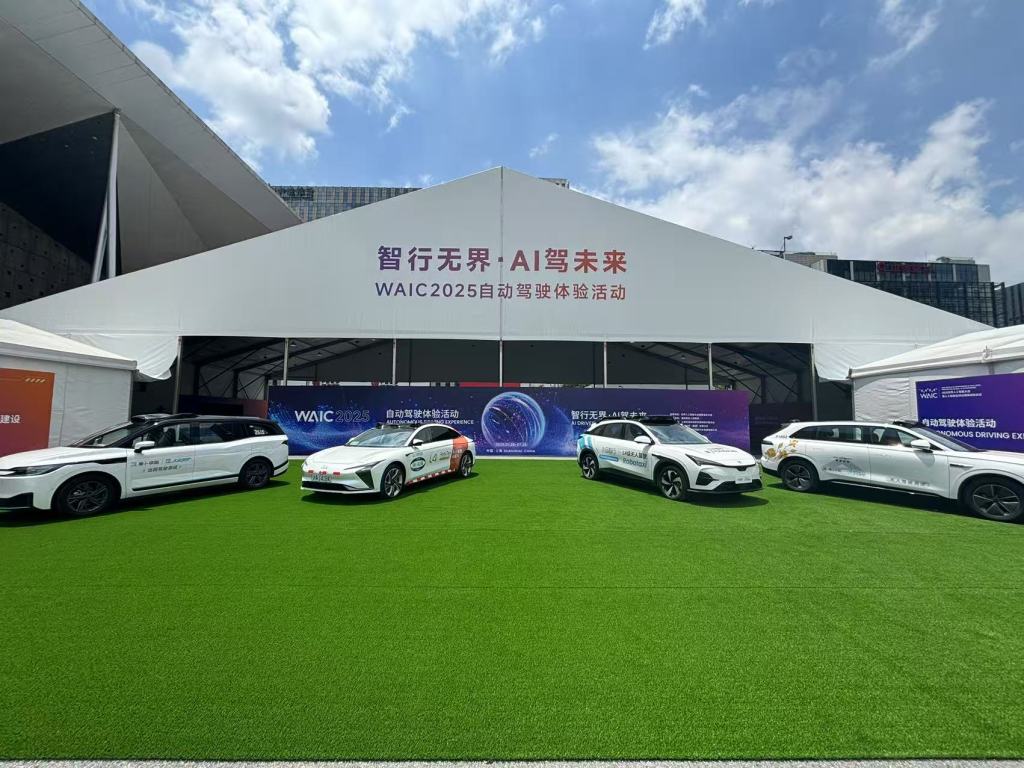
With the rapid popularization of intelligent connected vehicles, integrated driving assistance systems have become the highlight of new models on the market and an important consideration for consumers when purchasing them, but their safety application issues are also becoming increasingly prominent.
On September 17, the Equipment Industry Department of the Ministry of Industry and Information Technology organized the National Automobile Standardization Technical Committee to formulate the mandatory national standard "Safety Requirements for Combined Driving Assistance Systems of Intelligent Connected Vehicles". A draft for comments has now been formed and is open to soliciting opinions from all sectors of society.

A combined driving assistance (Level 2 driving automation) system refers to a system composed of hardware and software that continuously performs vehicle lateral and longitudinal motion control in dynamic driving tasks under its designed operating conditions, and has partial target and event detection and response capabilities that are appropriate to the vehicle lateral and longitudinal motion control performed.
Public data shows that from January to July 2025, the sales volume of new passenger cars with combined driving assistance systems in my country reached 7.7599 million units, a year-on-year increase of 21.31%, and the penetration rate rose to 62.58%.
Combined driver assistance systems have become a highlight of new vehicle models and a key consideration for consumers. Large-scale application has injected new momentum into the industry, but there are also issues such as a lack of a unified baseline for product performance.
As integrated driver assistance features are increasingly adopted in vehicles, their safe implementation is attracting significant attention. The reliability and stability of systems from different automakers vary significantly in complex scenarios like mixed traffic and road construction, which can easily lead users to misjudge functional boundaries and develop over-reliance.
Some companies abuse concepts such as "advanced intelligent driving" and "zero takeover", blurring the boundaries between "driving assistance" and "autonomous driving", causing drivers to relax their vigilance and engage in dangerous behaviors such as taking their hands off the wheel and being distracted.
The standard being solicited for public comment establishes a "triple safety assurance" system. It requires that systems can only be activated under their designed operating conditions and sets comprehensive safety technical requirements for different functions, including human-machine interaction, functional safety and expected functional safety, information security, and data logging.
The standard strengthens safety risk design during the research and development phase to "prevent risks in advance"; ensures production robustness and traceability during the manufacturing phase to "manufacture stably and be traceable"; and dynamically monitors the vehicle's operating status during the operation phase to achieve "monitoring and reporting."
The technical content of the standard is coordinated and aligned with relevant international standards and regulations, where feasible and reasonable. Based on the characteristics of Chinese road traffic, the standard also constructs test scenarios for traffic environments such as intersections, construction zones, roundabouts, and tunnels.
The standard also adds detection and response capability tests for targets such as pedal-type two-wheeled motorcycles, temporary obstacles, and overturned vehicles, which is more in line with the characteristics of my country's complex road traffic environment.
At the same time, the standard requires the system to have the ability to detect hands-off and eyes-off. If the driver takes their hands off the vehicle or their eyes off the vehicle while the system is active, the system should issue a prompt and an alarm.
The standard also requires that the system confirm whether the driver has completed usage training each time the system is powered on or the ignition is turned on to prevent misuse and abuse of the function. This clarifies that the driver is always the primary person responsible for the safe operation of the vehicle.
This standard fills the gap in the safety baseline of my country's combined driving assistance system products and will provide key technical basis for industry access, quality supervision and post-event traceability.


